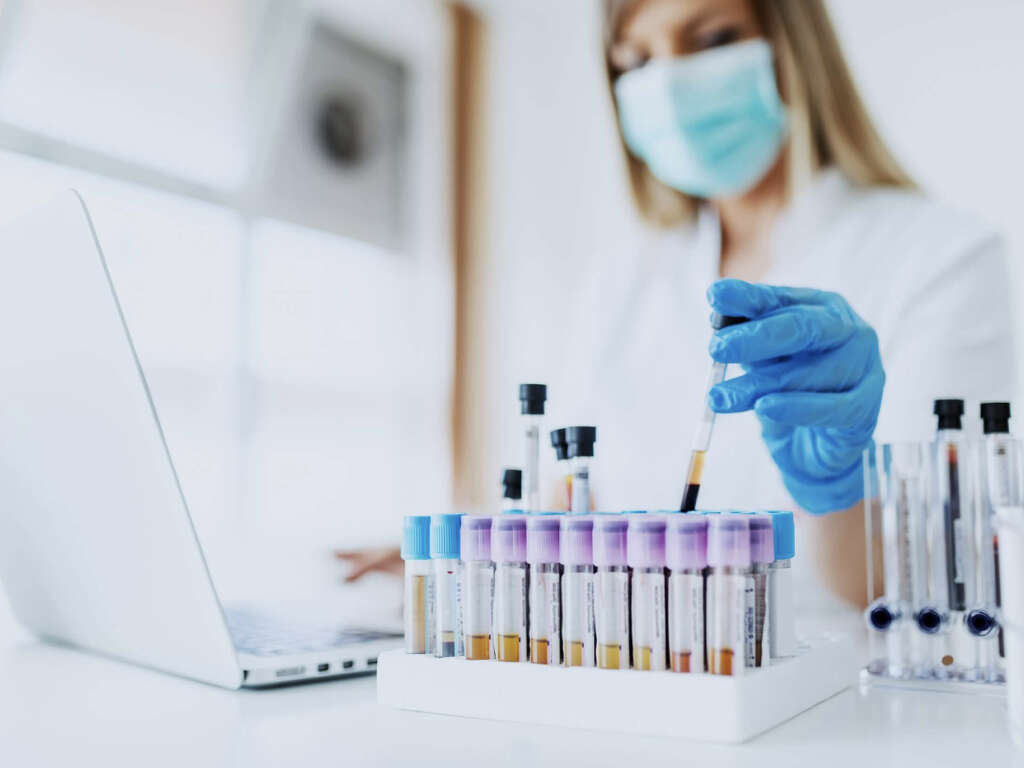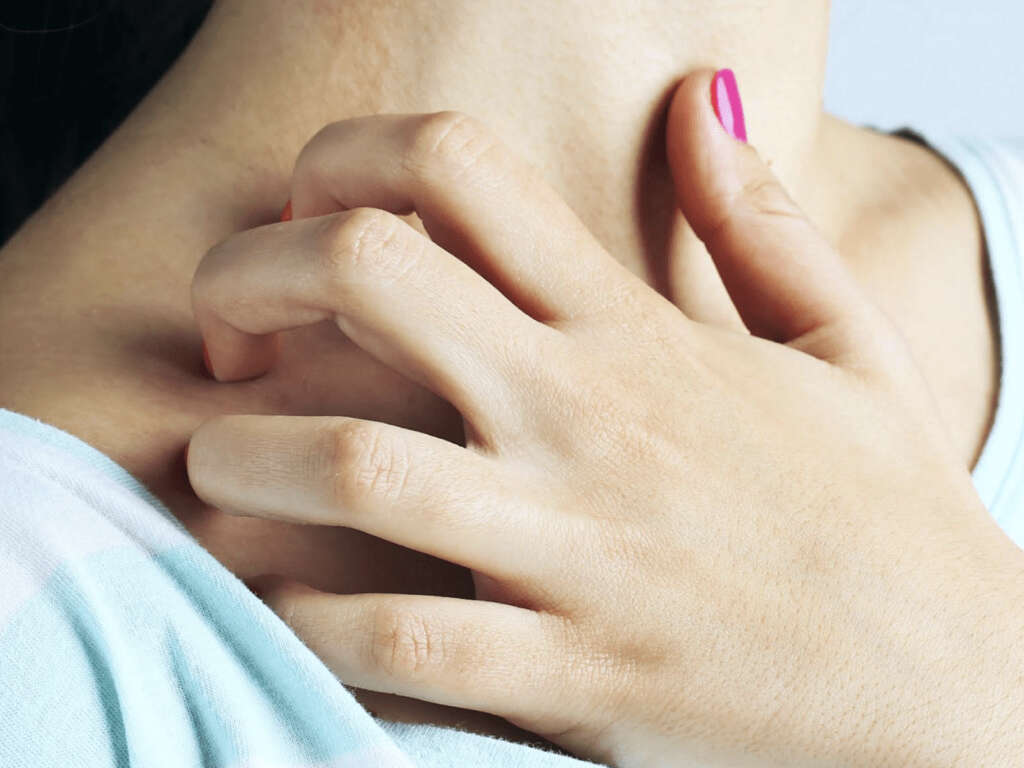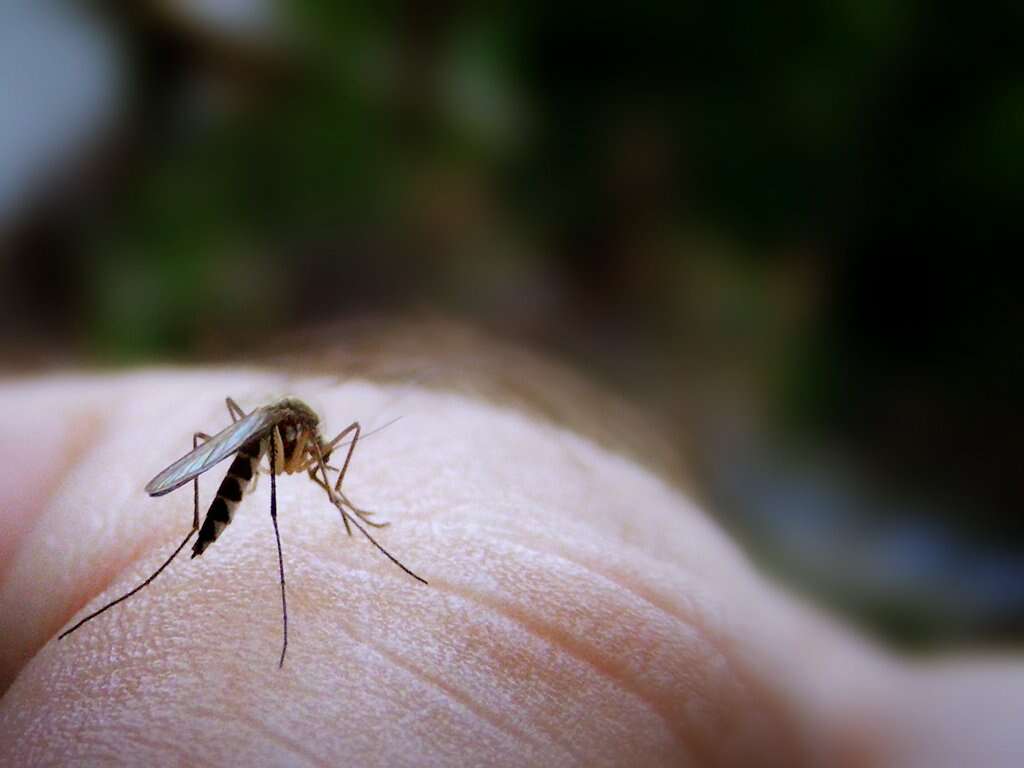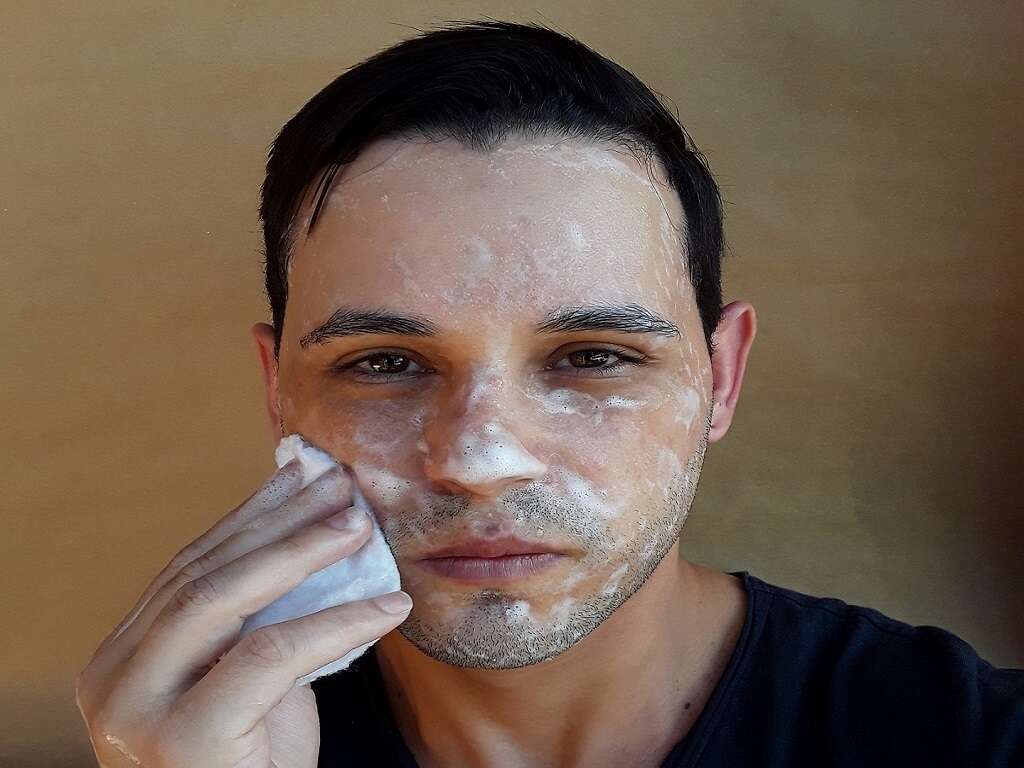10 Home Remedies for Bee Stings
Bee stings aren’t fun for anybody, but some people respond to them a lot worse than others. If you’re allergic to bee stings then you won’t only experience the sharp pain and mild swelling that often accompanies these troublesome stings, you’ll also experience a whole host of other symptoms.
Some people who are allergic to bee stings experience nothing more than the simple symptoms of any allergy. These can include swelling, hives, itchiness, a rash—standard things that emerge when an allergy causes the body to release an excessive amount of histamine, the compound that’s responsible for producing most of these side effects. Unfortunately, some people are much more sensitive to bee stings. These people may develop what is known as anaphylaxis, a serious and potentially fatal reaction to bee stings that can result in suffocation and death.
For everyone but people who have the most serious reactions to bee stings, there is hope to be had. There are many natural remedies that can be used to help people manage the symptoms of bee stings. Ranging from apple cider vinegar to essential oil therapy, many of these results have been tried and tested by people and science for many years. If you are prone to experiencing anaphylaxis from bee stings, don’t attempt to use any of these remedies before seeking medical attention. Failure to do so could result in death. For the rest of you, however, enjoy these 10 home remedies for bee stings.
Remedy #1: Honey
In addition to being delicious, honey is actually known for possessing a number of medicinal benefits. Honey is a powerful antibacterial agent and can also help speed up the healing of wounds.
This makes it ideal for anyone with a bee sting. Not only will it prevent infection but it will decrease the recovery time involved in healing. Honey has also been shown to help reduce the itching associated with bee stings and rashes. You can apply honey directly to the skin and rinse or gently scrub it off after a few minutes.
Remedy #2: Baking Soda
Baking soda is another ingredient that pretty much anyone has in their house. Baking soda has an impressive number of uses ranging from sanitizing surfaces to helping provide medicinal benefit to people.
In the case of bee stings, baking soda can be useful for helping to neutralize the venom of the bee. This, in turn, will help to reduce any pain and swelling. Simply mix some baking soda with water until you have a paste and apply this to the affected area.
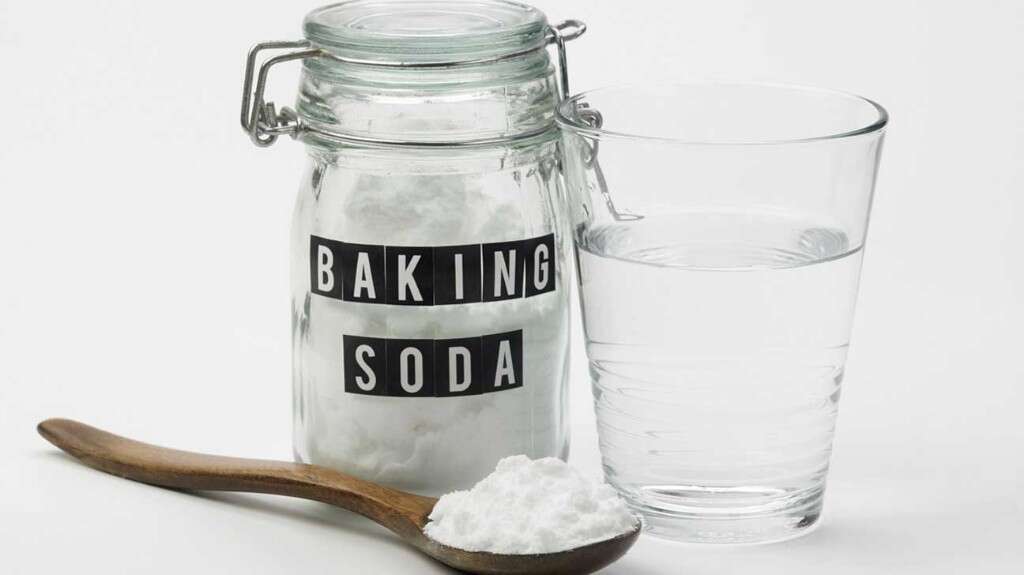
Remedy #3: Apple Cider Vinegar
In addition to being a delicious way to help boost the strength of your intestinal bacteria, apple cider vinegar has a wide range of medical applications. One of the best things that it can be used for is helping to neutralize bee venom, thus speeding up the rate of healing from a sting.
If the sting is on an area like your hand, you can submerge it entirely in vinegar. If not, you can soak a bandage or a cotton swab in vinegar and fasten it on top of the sting.
Remedy #4: Toothpaste
Research isn’t entirely sure why toothpaste is useful for helping to fight bee stings, but many anecdotal reports suggest that it can be incredibly useful.
Generic, pharmacy-brand toothpaste is usually ideal for this—however, if you’re using natural toothpaste then you should be able to identify by the ingredients included whether or not there are any antibacterial compounds found within. Simply apply toothpaste to the site of the sting and let it sit.
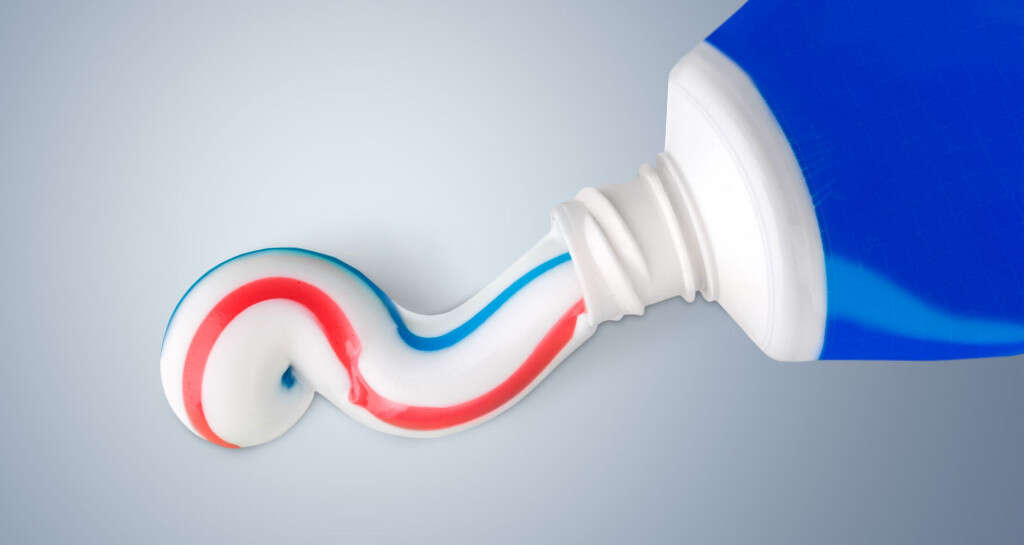
Remedy #5: Ice
Not only is ice a tried and true remedy for helping to speed up wound healing, but it’s also one of the simplest and most reliable. If you have a freezer, then it’s easy to make ice and you won’t even have to leave the house.
You can simply put ice cubes in a zip-up plastic bag and apply that to the sting. If you have an ice pack, even better. After numbing the area with ice, you can rinse the area to rid it of venom or apply one of the other remedies.
Remedy #6: Essential Oils
Essential oils are highly concentrated forms of the volatile medicinal oils found in many different plants and herbs. Various oils have been shown to have powerful benefits and many can be useful for helping to relieve the pain and swelling associated with bee and wasp stings.
Some of the best and most effective essential oils for treating bee stings are tea tree oil, lavender oil, thyme oil, and rosemary oil. Diluting these with a carrier oil such as olive oil and applying them directly to the sting site should help it heal.

Remedy #7: Aloe Vera
Relatively unknown just several decades ago, aloe vera has shown remarkable potential for helping to heal all sorts of wounds. Not only can it improve the rate of healing but it helps to soothe and moisturize the skin, which makes it ideal for helping to treat stings from wasps and bees. Aloe vera can also help to fight any inflammation and reduce the chance of infection.
If you’re lucky enough to live in an area where aloe plants grow, you can simply take a slice of the plant and rub the juice directly on the sting. Otherwise, aloe vera lotions and gels are readily available in any pharmacy or health food store.
Remedy #8: Calamine Lotion
Calamine lotion is another home remedy that can be quite useful for helping to ward off itchy skin. It’s also been shown to be quite effective at managing topical pain and helping to fight itchiness.
While it’s most often used for treating rashes and other skin problems, calamine lotion can also be quite useful for helping to manage the discomfort associated with bee stings.
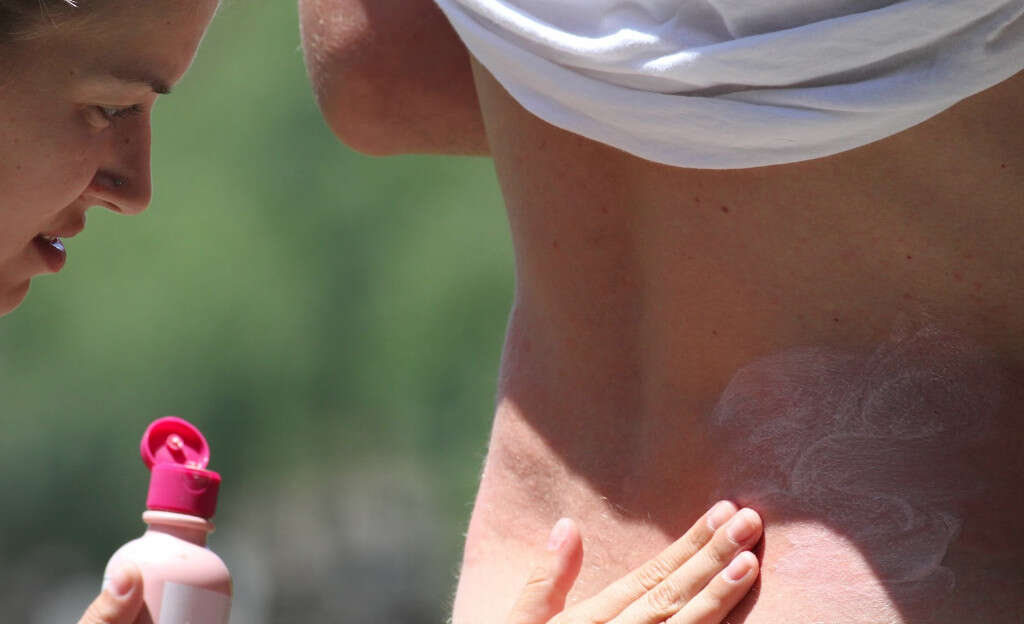
Remedy #9: Meat Tenderizer and Papaya
These two items are seemingly unrelated—meat tenderizer is a powder used in the kitchen to help change the consistency of meat and the papaya is an exotic fruit—but both of them contain an enzyme known as papain, which is extracted from the papaya.
This enzyme can be great for helping to fight the discomfort and pain associated with a bee sting. You can simply rub a papaya on the affected area, or make a paste from meat tenderizer and water to apply on the region.
Remedy #10: Aspirin
Not only can aspirin (or other NSAIDs and anti-inflammatory drugs that can be purchased at most pharmacies) be useful for helping to manage the pain of a bee sting if taken orally, it can be applied topically.
In many cases, this is ideal because using NSAIDs orally is known to cause stomach problems over the long term. Mixing a crushed aspirin tablet into a paste by mixing it with water can make a great topical medicine that can help your bee stings heal up a lot quicker.





